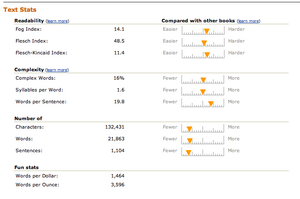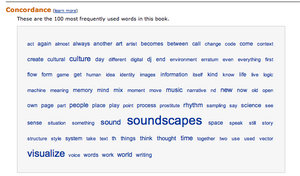User Research = R&D
This weekend, some of my earlier posts discussing the user experience of Lotus Notes surfaced in the Notes community. Ed Brill – in a posting titled Mary Beth has been taking on the critics – referenced my mention of how the head of the Notes UI team was employing user research as a bridge to customers. Ed complimented the design team for reaching out to critics in public. This is a well-deserved pat on the back. Yet it falls short of recognizing the more important point that direct user research should be a basic component of any company’s overall strategy and planning for long term success (or survival).
Why? User research helps build customer relationships, further design efforts, and identify new business opportunities when applied across audiences (internal and external constituencies) and perspectives (marketing, sales, product development), and with an eye for needs beyond immediate feedback. This sort of engagement with customers of a software product (or any kind of product) should *not* be special or noteworthy – it should happen all the time. Continuously. I’m thinking of Jared Spool’s remarks during his keynote at UI10, to the effect that the user experience perspective is most successful when it it is a basic component of a company’s culture, and thus an assumed aspect of every initiative.
In fact, in a socially transparent, networked, and aware environment like the current FuturePresent, user research serves as a fundamental, indispensable form of research and development that companies and organizations must support as part of their portfolio of methods for seeking broad based environmental feedback (also here). I’ll go so far as to say that user research may move beyond the realm of essential corporate R&D, and qualify as genuine basic research.
BTW: maybe it’s just me, but isn’t it a bit ominous that the tag line for Notes 7 is “Innovate. Collaborate. Dominate.” ? Sounds like something the Borg might say if you asked them how to make breakfast…



